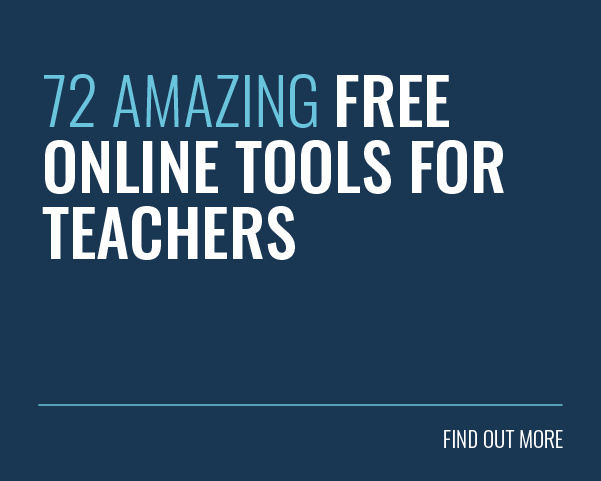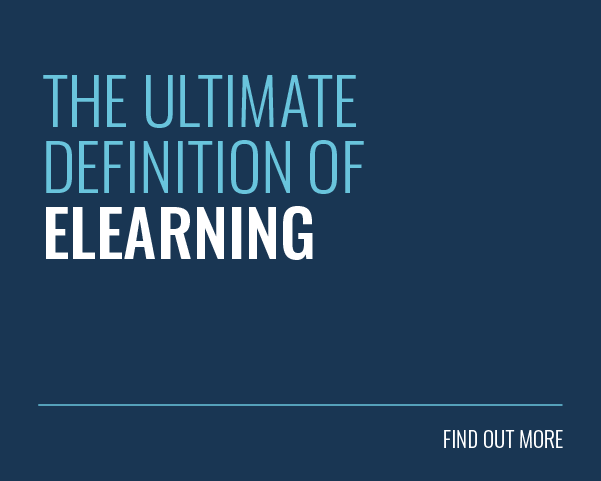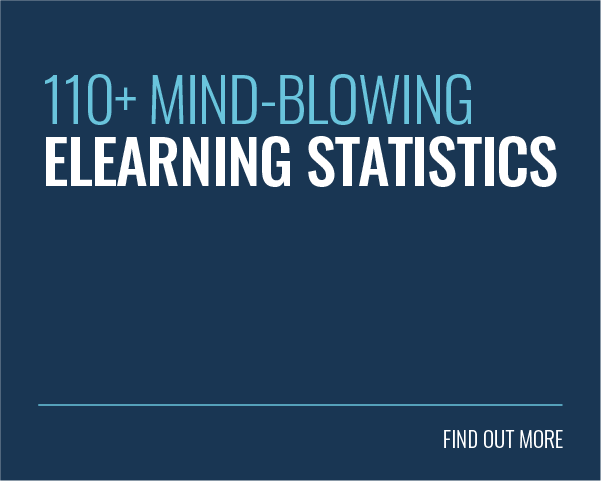
Narrative has captivated us since the dawn of man. In fact, stories have helped us to pass on traditions, learn from the past and carry information across centuries.
Even as technology advances, narrative is still one of the most influential ways to reach and connect with people. So, just like our ancestors harnessed the power of storytelling, we continue to find new uses for narrative.
Now, narrative has a set place in the business world. It’s part of organisations’ branding strategies, marketing campaigns, corporate approaches, business presentations, and even their training programmes.
The learner engagement experts here at Growth Engineering know a thing or two about applying narrative to online learning interventions. We are here to reveal our secrets, but first, let’s explore the history and power of narrative.
Let the adventure begin!
The History of Stories
Storytelling has been used to retain and pass down knowledge throughout history. And it’s still one of the most powerful ways to transfer knowledge.
When we think of stories and some defining works of civilisation, Homer’s Iliad is one that comes to mind immediately. Composed nearly 3,000 years ago, the Iliad is an epic tale of gods and heroes.
While it all sounds fantastical, the academic consensus is that the story is at least partially rooted in fact! Weaving an epic narrative around these historical events has made the story more engaging. This, in turn, makes them easier to remember and share.
Homer’s world was one without widespread writing. As such, the best way to transfer knowledge was orally. By using narrative, Homer was able to memorise more than 15,000 lines of text and deliver them across the Ancient Greek world.
What’s more, thanks to the power of storytelling, his audiences were able to retain the information well enough to reproduce the story and record it for the ages!
Power of Narrative
If we are to believe German ethnologist Kurt Ranke, humans are homo narrans, ‘a storytelling species’. In 1967, he suggested that we use narrative and stories to understand our experiences.
We are used to sharing stories, and storytelling is a natural form of communication. In fact, personal stories and gossip make up 65% of the conversations we have.
As such, narrative is a human way of making meaning. Stories form an intrinsic part of our humanity by shaping how we think, make sense of information and persuade or influence others.
With this in mind, it comes as little surprise that we tell stories for various reasons, whether it’s for fun, entertainment, to pass on knowledge or to learn.
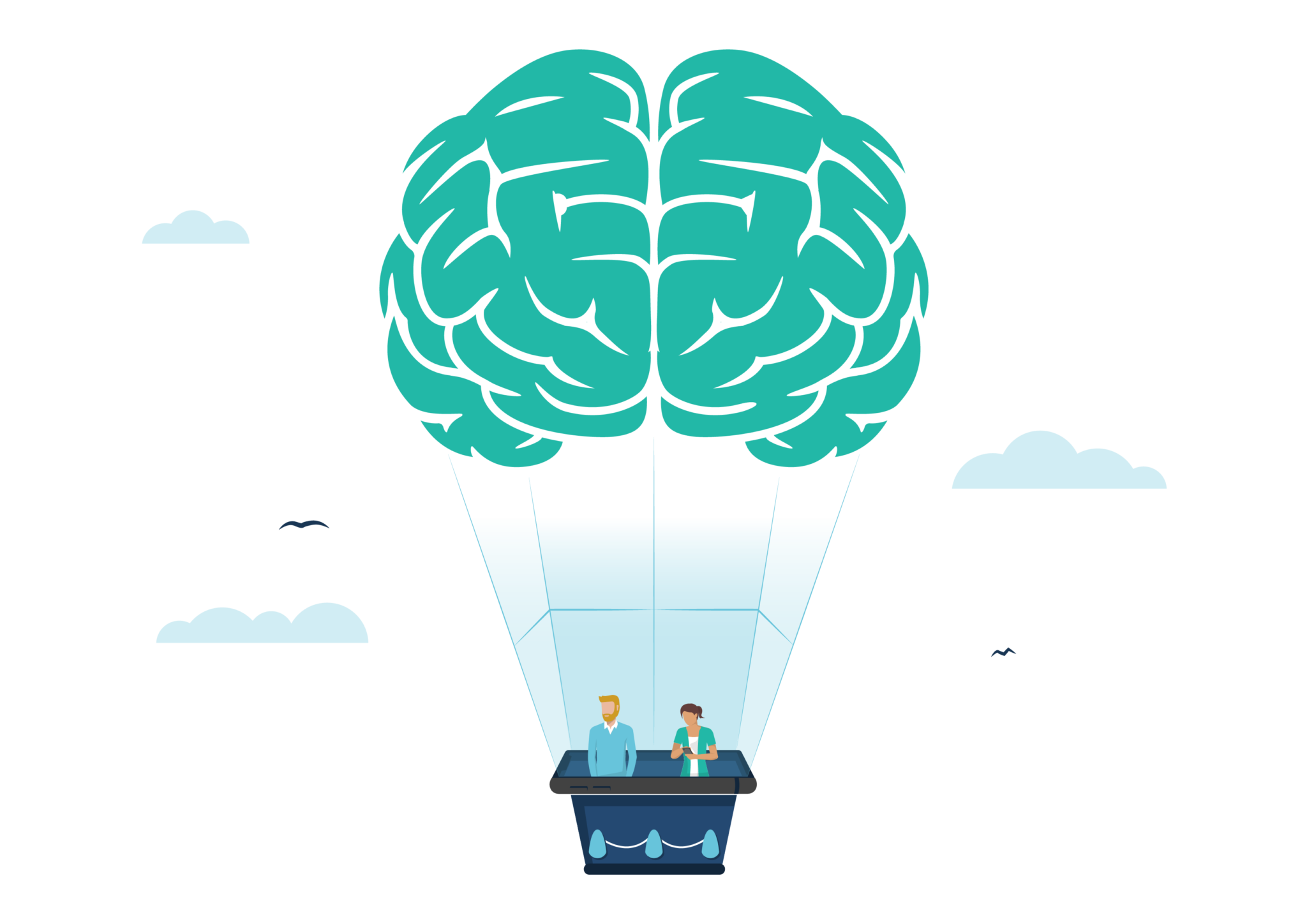
But why are we so drawn to narrative? And why have we used it for centuries? As seen in this video, our brain responds to stories as if we were experiencing the events in person.
Depending on the topics of the narrative, the corresponding regions of the brain light up and engage. This can happen in a single area or across different regions of the brain.
As such, the human brain grasps information fractally. This means it can unconsciously perceive both nitty-gritty details and the big picture at the same time. But how does this work in online learning?
Narrative in Online Learning
Narrative in online learning means using the power of storytelling to bring web-based learning to life. Incorporating stories into your approach and challenging your learners to make sense of them can be a uniquely powerful tool.
Psychology Today tried to make sense of storytelling in the new digital age. According to the article, stories continue to hold power because the human brain hasn’t evolved as fast as technology.
As such, we use narrative to connect the different digital platforms and media messages we receive from various digital environments. This means that we still need stories to make sense of the world around us.
This makes narrative an effective way to create meaning through your online learning strategies and training content. In fact, good storytelling is among the top three things that make content effective!
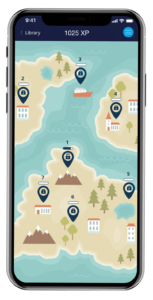
With narrative-based learning, learners have access to both the details and the bigger picture. As a result, the narrative embeds all important details while also serving as the vehicle for establishing the large-scale guiding structure.
Different areas of your learners’ brains light up, which ensures stories draw us into the online learning experience on multiple cognitive levels. This creates holistic and multifaceted learner engagement.
It’s little wonder why narrative is used in countless online learning courses and learning content.
With this in mind, it’s clear that narrative can enhance the effectiveness of your online learning interventions. But there are many benefits to using narrative in eLearning.
Let’s take a look!
Benefits of Narrative
1. Contextualised Learning
Narrative is a great way to add context to your training. After all, your content typically uses your learners’ work environment as the setting or central theme for the story.
By mirroring a familiar environment, narrative-based online learning makes training interventions relevant and accessible. This is essential as adult learners often resist change or find it difficult to adopt new behaviours.
As such, it’s a good idea to take real-life examples and case studies and build your narrative around them. This helps your learners see the relevance of the subject matter and training as a whole.
In addition, context helps learners to take control over the learning environment. As they unfold the story, learners can dissect and dismantle any fear or uncertainty towards the unknown.
2. Increased Immersion
Think about the last time you watched a great movie or read a captivating book and forgot about the world around you. Your imagination is activated, and you are immersed in the story.
A well-thought-out narrative creates an engaging outcome. The same is true for eLearning content. A captivating narrative or coherent story makes training more engaging.
After all, narrative immerses learners into their learning environment. You aren’t simply presenting information in a boring fact format. Instead, learning content becomes an experience that your learners want to keep coming back to.
This leads to increased engagement, which, in turn, helps learners achieve deeper levels of learning. And this is essential for employee performance. In fact, companies with engaged learners can generate a whopping 218% higher income per employee.
3. Emotional Connection
Stories evoke emotions. Adding narrative into your training programme helps you to connect your learners to their training content in a visceral way.
After all, we empathise with the characters, see ourselves in their shoes and see how their decision-making influences the story. Relatable characters, settings and struggles form an emotional connection.
This emotional connection makes your learners pay more attention and makes your course more immersive. Increased engagement, on the other hand, means that learners are in a better position to respond emotionally to their training.
Using narrative in your eLearning helps your learners understand their learning content and relate to it on a personal and emotional level. And the more relatable the narrative and characters are, the greater our emotional bond is with them.
As a result, learners can step outside of the real world and into the story, which presents an opportunity to be more than who they currently are. This creates excitement, as they can explore new ways of acting without serious consequences.
This kind of encouraging and safe learning environment is guaranteed to invoke positive emotions. And as we know, positive emotions help you to motivate learners into action.
4. Memorable Way to Learn
There is a reason why some stories have been told for centuries, from one generation to the next. That’s because narrative makes information easier to remember. After all, stories are experienced rather than simply understood.
We often forget information presented to us as mere facts. Or, at least, we struggle to remember it accurately. When you present information as facts, it only activates the language-processing part of your brain.
Narrative, on the other hand, also activates areas of your brain that your learners need to experience the story. These areas could be, for example, sections of the brain responsible for emotions, motor activities, sensory and even the frontal cortex.
As such, larger parts of the brain get activated with narrative-based learning, which makes it easier for us to remember information. Studies even suggest that facts are 20x easier to remember if they’re a part of a story!
When to Use Narrative in Online Learning
As the benefits show, narrative can be an extremely useful tool in online learning. However, it may not suit each training initiative. This raises the question of when to use narrative.
Well, let us tell you! Storytelling as a part of your training interventions is most useful when you are trying to illustrate or frame your topic.
For instance, you might want to immerse your new employees in a story to walk them through a typical day in your office. Your narrative could cover everyday situations the newbie will need to learn to navigate.
Or perhaps your customer success team needs to undertake training to understand issues your clients may experience during an implementation process. Immersing your customer success stars in a story helps them to relate better to your customers.
These kinds of experiences are easier to comprehend through role-playing or narrative, where your learners step in the shoes of your main characters. After all, learning becomes more interactive by involving the learner.
How to Weave Narrative Into Your Training Programme
Imagine what you could achieve if you harnessed storytelling effectively within your training programme. After all, we now know the power and vast benefits of narrative.
Well, you are in luck. Let’s explore the epic tale of how a learning superhero like you can weave an engaging narrative into your L&D initiatives.
Prologue: Determine Your Goals
Narrative is only beneficial if it has a purpose. As such, before you start, take time to determine what you want to achieve by using narrative in your training programme.
Similarly, before you start drafting your narrative, make sure your learning platform has the functionality you need to support your storytelling plans.
Chapter 1: Know Your Audience
Author John Steinbeck once said that “if a story is not about the hearer, he will not listen”. This rings true regardless of the genre or use case of the story.
As such, when you are planning your narrative, you need to ensure your story connects with your learner audience. Irrelevant content guarantees that your learners will lose their interest.

If you are adding your narrative to an existing training programme, you should already have a good idea of your intended learners. However, if you are starting from scratch, you should develop learner personas.
Creating representative learner personas involves gathering basic information about your learners, like demographics, characteristics and goals. Then, you need to analyse this information to find similarities before drawing up typical user profiles.
You can then use these personas to craft a story that speaks to your learners on a personal level.
Chapter 2: Plan Your Setting
Without planning, your narrative is guaranteed to fall flat. It will confuse your learners rather than help them in their learning journey. As such, before you rush head-first into your narrative, you need a game plan.
However, it can be hard to know where to start. First, identify the premise of the story and what role your learners will play in it. In addition, determine if you can build on the story enough to stretch it out across the length of your training programme.
You should map out the beginning, middle and end of your story to ensure this. For instance, determine what is going to be your central conflict and how does your training content inform or drive the arc of the story.
Your story doesn’t have to be anything complex. It could see your learners take on the role of superheroes fighting to save the world. Alternatively, it could take place within an office where your learners rise up the ranks from rookie to CEO.
The key is to make sure your narrative aligns with the mission and culture of your company. Getting that right means your learners will have a much easier time getting engaged with your narrative.
Chapter 3: Design Your Characters
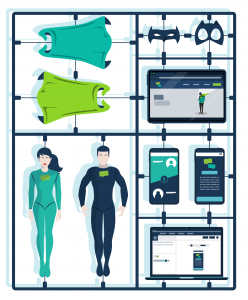
Sherlock Holmes, Hercule Poirot, Harry Potter, Mary Poppins… What good is a story without characters? After all, characters are what bring your narrative to life regardless of the genre or medium of the story.
Readers root for the characters, empathise with them and want them to succeed in their tasks. Some characters are also relatable, which helps your learners to understand, sympathise and engage with their story.
As such, your eLearning narrative should include a small cast of diverse characters, each with their own particular strengths. This keeps things simple and clear.
For example, your learners know to expect Larry the Legal Eagle to show up when they are in for some legal training. Likewise, Hilda the Health & Safety Hero might make an appearance to help deliver training messages designed to reduce workplace risk.
You can add an extra layer of immersion by setting up accounts for these characters on your LMS. This allows your learners to interact with the characters. In addition, it helps you to draw them into your narrative.
Chapter 4: Design Your Level Structure
Nothing is worse than an unclear or disorganised story. After all, they are more likely to confuse your brain than help make information stick. As such, your narrative should follow a set structure.
If you are using a gamified learning platform, you should have access to Levels. As your learners work their way through their training programme, they’ll level up and gain access to new content.
Levels give your learners a clear sense of progression, which makes them a fantastic engagement tool. However, Levels are also a great way to structure and deliver your narrative.
If you set up each Level at a different stage in the story, your learners progress through their narrative as they progress through the content. For example, you could create a narrative around turning your learners into knowledgeable superheroes.
In this scenario, your narrative starts off gloomy with just a glimmer of hope. It then brightens up as your learners’ progress, helping them to feel more powerful!
Chapter 5: Appeal to Emotions
As we explored earlier, good stories evoke emotions, making them more memorable and relevant.
With this in mind, make sure to appeal to emotions when you design your narrative and training content. You can do so by including traditional story elements, such as characters, conflict, tension, action and resolution.
By taking advantage of these elements, your story becomes much more interesting. Even more importantly, your story’s resolution should provide a satisfying conclusion to your narrative, whilst hammering home the central message of your training programme.
It should be impossible for your learners to misinterpret, so try to avoid an ambiguous ending. You’re making training courses, not Inception!
Chapter 6: Design Visuals

While narrative is extremely effective, your learners are too busy to read dense reams of text. Don’t set out to create the next great novel. Your narrative doesn’t have to, and shouldn’t, be text only.
When you have mapped out your story, it’s time to make it visual with images, videos and other design elements! Visuals break up your text, which helps you to prevent cognitive overload.
You should sprinkle these visuals into your training content to help you to tell the story. In fact, they should reinforce key concepts and help learners form emotional connections.
However, don’t limit it there! For instance, you can use relevant imagery for the banners on your LMS or the Badges you award to your learners.
Consistent imagery will tie all of the different aspects of your learning programme together. Any time your learners see that imagery, they can tell they are about to embark on the next big chapter in their learning journey.
Chapter 7: Apply Narrative to Your Content
Once you have everything in place, it’s time to add your narrative to your content. This is the most crucial step.
After all, all your hard work could be undone if you don’t get your content right. Unbranded and bland pieces of training are guaranteed to lead to a disconnect between your content and your training programme as a whole.
With this in mind, weave narrative into the content itself. This doesn’t mean you need to become the next Shakespeare and tell all your training content in a story format.
Sometimes it’s enough to use relevant characters wherever you can. For instance, if you have a character named Professor Products, then they should show up whenever you deliver your product training.
With the content tied into the rest of your training programme, it will be clear to your learners how it’s helping them to grow and progress. This is guaranteed to make your training initiatives more engaging!
Epilogue: Final Words
Congratulations! Your narrative is now properly planned out, you’ve got the perfect imagery to boot, and your content is fully entwined with the story.
As a result, your training programme will evoke greater emotional connection, boost learner engagement and bring better results for your learners.
What’s more, your training programme is sure to be talked about for years to come, like other great stories! How’s that for happily ever after?
Are you looking for more ways to engage your learners? Then our ‘150 Nifty Learner Engagement Tips’ tip sheet is for you!



